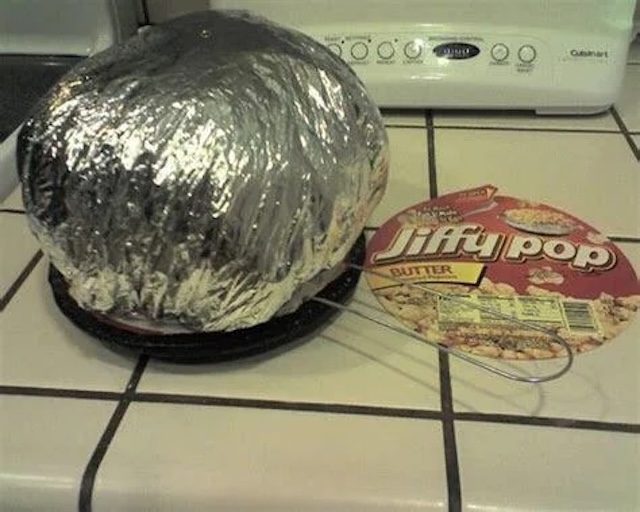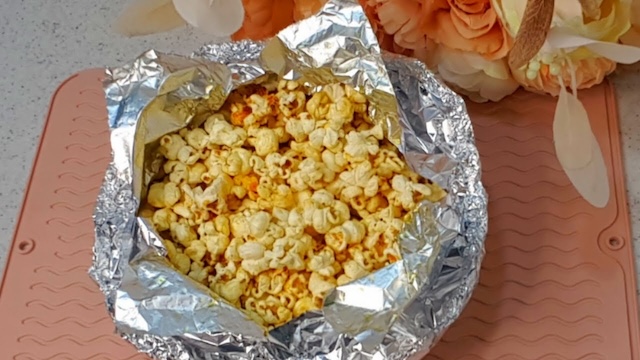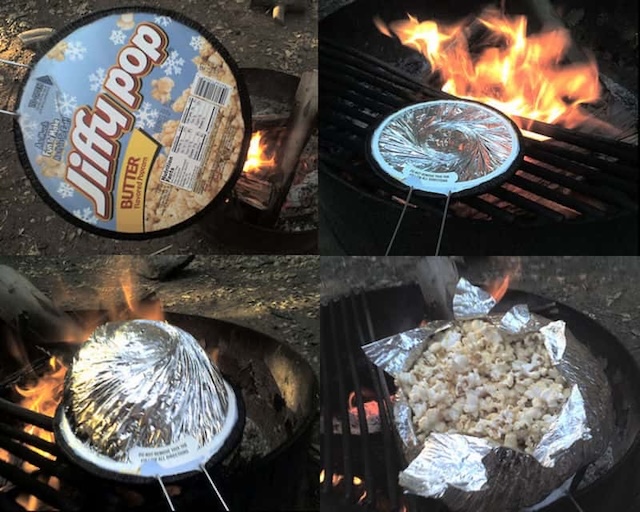Foil, a simple kitchen tool, holds profound memories for many, bridging generations through shared cooking traditions. While modern kitchens have shifted to fast-paced, tech-driven appliances, foil symbolizes a time of patience, family bonding, and culinary art. This article explores its cultural significance and enduring legacy in the kitchen.

The Curious Dome of Foil
The sight of a dome-shaped foil puffed over cooking food evokes curiosity and nostalgia. For many older generations, it’s a vivid reminder of a time when foil was an essential kitchen tool. From making stovetop popcorn to wrapping flavorful roasts, foil was the backbone of many culinary adventures.
In today’s world of microwaves and air fryers, this art form has largely faded. Yet, for those who remember, foil is more than just a tool—it’s a connection to a simpler time, filled with warmth and meaningful moments.

Foil in the Memories of Generations
For many, foil wasn’t just a practical item; it was an integral part of cooking rituals. Whether wrapping chicken, fish, or vegetables, the process was as cherished as the result. One of the most iconic uses was for stovetop popcorn. Watching foil gradually expand as kernels popped created excitement, especially for children eagerly awaiting their treat.
The process was slower, requiring care and patience. Families would gather around, savoring not only the final product but the shared anticipation and connection the activity fostered.

Popcorn and Childhood Memories
Foil-popped popcorn holds a unique charm. Unlike today’s quick microwave versions, the stovetop method was a family affair. Kernels placed in a pan, covered with foil, and heated slowly created a dome of delicious anticipation. The sound of popping was music to eager ears.
This ritual wasn’t just about the snack—it was about the experience. Families came together, creating moments of joy that have remained etched in memory. The taste of freshly popped, homemade popcorn was unmatched, a stark contrast to today’s convenience-driven alternatives.

The Shift in Modern Cooking
While foil remains a kitchen staple, its role has evolved. Modern appliances have streamlined cooking, often prioritizing speed over tradition. Foil is now mostly used for practical purposes, such as covering leftovers or lining baking trays, rather than as a centerpiece of culinary methods.
In the past, cooking with foil required patience and care. Meals like roasted chicken or baked vegetables depended on the foil’s ability to lock in moisture and flavor. This hands-on approach fostered a deeper connection to the food being prepared, a stark contrast to today’s efficiency-focused kitchens.
Foil’s Enduring Role in the Kitchen
Though its prominence has diminished, foil remains valuable in modern cooking. From grilling to slow-cooking, it continues to preserve moisture and enhance flavors. For those who remember, its nostalgic charm serves as a reminder of a time when cooking was more intentional and communal.
For younger generations, foil may seem like a relic of the past, but its practicality endures. Reflecting on these traditions can inspire a renewed appreciation for the joy of cooking and the connections it fosters.
Conclusion
Foil may be a simple kitchen tool, but its legacy is profound. It symbolizes patience, care, and the joy of shared meals. While modern technology has transformed our kitchens, reflecting on these timeless methods reminds us of the enduring warmth and connection at the heart of cooking. Whether making popcorn or roasting meats, foil’s charm continues to inspire and evoke cherished memories.



